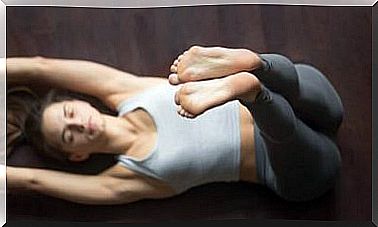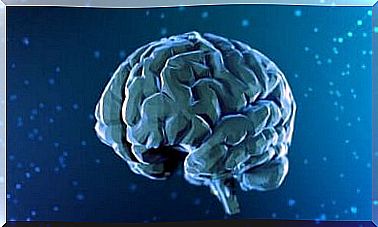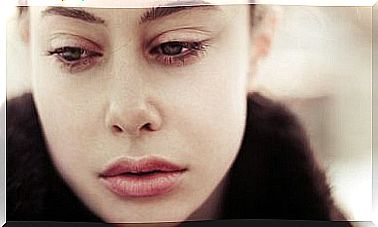Drunkorexia: A New Eating Disorder

Although not many people are aware of this new eating disorder, it is on the rise. Drunkorexia is a very serious eating disorder prevalent in today’s society. People who suffer from drunkorexia choose to replace the calories from food with calories in alcoholic drinks, with the intention of losing weight.
Not eating the right amount of food can lead to an anemic process that can have serious long-term consequences. Think of all the damage a person does to his body when he regularly consumes large amounts of alcohol.
If you add fasting to the equation, it’s a recipe for disaster. This condition poses two major problems: an eating disorder and an alcohol addiction.
Drink instead of eat
People who suffer from drunkorexia are very concerned about their weight. Despite this, they prefer not to go to a dietician, who can show them how to follow proper, nutritious diets.
As with any other eating disorder, they take their obsession with losing weight to the extreme. They stop eating and decide to drink alcohol in large quantities instead.
The main goal of people with drunkorexia is to lose weight by doing the above two things. On the one hand, they are reckless with reducing how much they eat, and on the other, they consume too much alcohol.
They consider the latter as a replacement for their diet. This can be so dangerous to health that it can even lead to death.
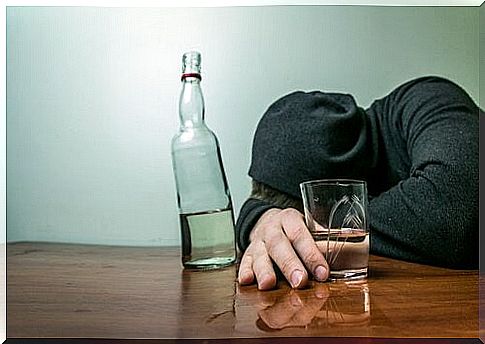
Comorbidity
Experts consider drunkorexia to be an undisclosed eating disorder (NAO) that in many cases goes hand in hand with bulimia and anorexia. Often these people cause them to vomit to get rid of the extra calories that alcohol may have given them.
However, cases of drunkorexia unrelated to other eating disorders can occur. Basically, the person eats very little (and unhealthy) and drinks alcohol regularly.
Physical effects of drunkorexia
The most serious consequence of drunkorexia is the risk of alcohol poisoning. This can be caused by a large amount of alcohol. Remember that people absorb alcohol more easily and quickly if they consume it on an empty stomach, which is exactly what people with drunkorexia do.
This can lead to their entire organism collapsing, as it is impossible to counteract dehydration as a result. Drinking too much alcohol can cause cirrhosis and death.
In addition, malnutrition can cause anemia, which is usually a clear symptom. Low levels of vitamins and minerals can include amenorrhea, muscle weakness, and difficulty falling asleep and concentrating.
The more you drink the better you can handle it
The difficulty of overcoming an addiction lies in the growing need to consume more and more of the substance to achieve the desired effect. This phenomenon is known as ‘tolerance’.
For example, we only needed two glasses of alcohol on the first day to get a pleasant feeling. On the third day we needed three. Two weeks later we felt the need to drink five. This goes on and on until the required amounts are enormous.
This phenomenon also occurs in drunkorexia. Whenever a person engages in this addictive behavior, he will consume more alcohol to suppress his appetite.
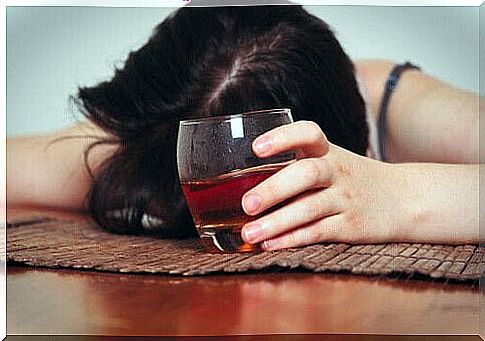
Risk to the population
Today, young people are drinking more and more alcohol. Often they skip meals because they know they drink alcohol in the evening. Young women are the ones who are more concerned about their appearance. However, it is important to note that many young men are also insecure about their identity and bodies.
Therefore, parents should be alert to possible indicators of this type of behavior, especially when their children are developing. Preventive information is essential. It is also important to talk to them about the negative effects of malnutrition and alcoholism.
Treatment for drunkorexia
Drunkorexia is an eating disorder that is not yet covered in psychological manuals. However, it should be treated in its entirety.
On the one hand, there should be a clinical and toxicological control with blood tests, which allow the medical professionals to know the patient’s condition. On the other hand, psychological therapy and nutritional therapy are necessary.

